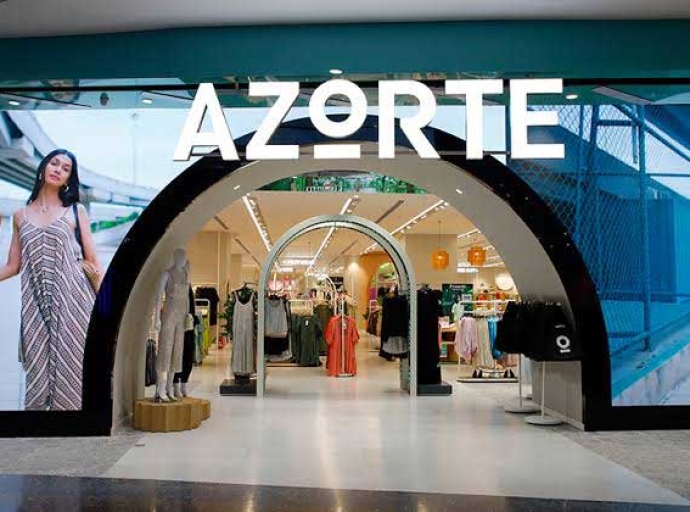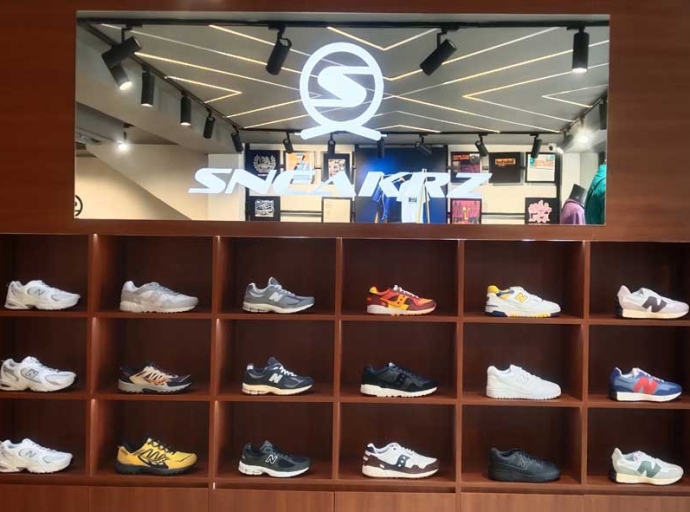From festival flare to everyday essential, kurti's chic transformation

The kurti, a versatile and stylish tunic popular across India especially among women, has become a staple in the wardrobes across generations. But its appeal goes beyond tradition, evolving into a fashion phenomenon that's driving the ethnic wear market's growth. The market is experiencing explosive growth, driven by a confluence of cultural, economic, and technological factors
Kurti market on the upswing
As per Technavio, Indian ethnic wear market, including kurtis, was estimated to reach $18.68 billion by 2023, growing at a CAGR of 8 per cent. Kurtis alone hold a significant share, contributing to this growth with a projected CAGR of 6.45 per cent, reaching $38.0 billion by 2028 indicates Indian Retailer’s stats.
Kurti market overview
| Metric | Value |
| Market Size (2023) | $10+ billion |
| Growth Rate (CAGR 2023-2028) | 6.45% |
| Key Drivers | Rising disposable incomes, fusion trends, e-commerce, sustainability |
| Major Manufacturing Hubs | Delhi-NCR, Surat, Jaipur, Kolkata |
“The kurti market is no longer just about festivals and special occasions. It's become an everyday essential for the modern Indian woman," opines Rachita Sharma, Fashion Industry Analyst. Across India, certain places have emerged strong kurti manufacturing hubs. Surat in Gujarat is a leading textile hub that produces a variety of fabrics used in kurtis, from cotton to silk and synthetics. Jaipur in Rajasthan is renowned for its block printing and hand embroidery, Jaipur contributes significantly to designer and artisanal kurtis. Kolkata excels in cotton kurtis and traditional weaves like Dhakai and Murshidabad silk. Chennai is known for its South Indian handloom fabrics like Kanjivaram and Chettinad cotton, Chennai caters to a specific market segment. Delhi-NCR is the hub for traditional and designer kurtis, with a strong presence of skilled artisans and manufacturers.
Meanwhile Tier II, III cities are emerging as major growth drivers of kurtis pushed ahead with rising disposable incomes and fashion awareness. “Online platforms have democratized access to designer kurtis, opening new avenues for growth, says Richa Singh, Founder, The House of Tara.
Another growth trigger is evolving consumer preferences. Younger generations seek fusion styles and comfortable fabrics, pushing the boundaries of traditional designs. Online retail platforms like Myntra, Amazon, and Ajio make kurtis accessible to a wider audience, boosting sales. Then there is celebrity influences as actresses and fashion icons sport designer kurtis that drive trends and inspire consumers.
Growing popularity of brands
While bespoke and smaller brands hold a major share of the market, many brands are playing an active role in spreading the popularity of kurtis. FabIndia, a pioneer in ethnic wear, leverages its strong brand image, diverse product range, and focus on sustainability to cater to a wide audience. Manyavar best known for its wedding wear has expanded with ‘Mohey’ focusing on modern kurtis, targeting a younger audience. "The kurti market is dynamic, and brands need to constantly innovate to cater to evolving consumer preferences," says Sunil Mehta, CEO, Manyavar.
Similarly popular ethnic wear brand Biba caters to a wider range with its diverse kurti collection, offering traditional, contemporary, and workwear options. The House of Tara, an online brand focuses on sustainable and ethical practices, attracting eco-conscious consumers seeking unique kurti designs.
Much like other segments there is strong thrust for sustainability in kurtis market. Consumers are increasingly seeking eco-friendly fabrics and ethical production practices, creating opportunities for sustainable kurti brands. "Sustainability is the future of fashion, and kurti brands that embrace eco-friendly practices will gain a competitive edge," points out Vikram Rao, Founder, sustainable fashion brand.
Indeed, the kurti market is poised for continued growth, driven by changing demographics, evolving consumer preferences, and a thriving online retail landscape. Brands and manufacturers that adapt to these trends and focus on innovation, sustainability, and ethical practices will be well-positioned to capture a share of this dynamic market.
Latest Publications

































